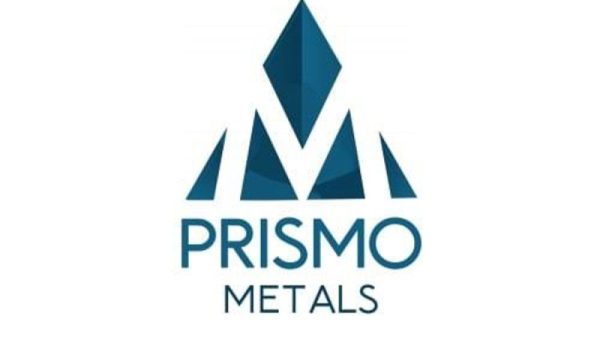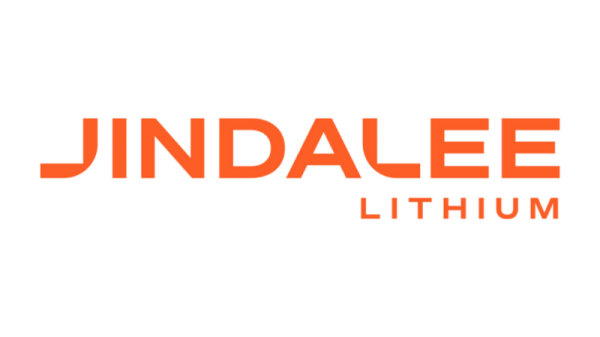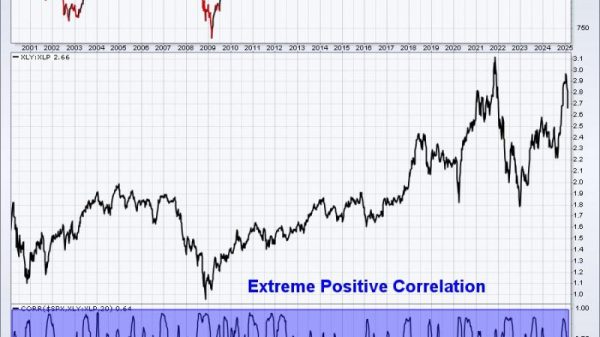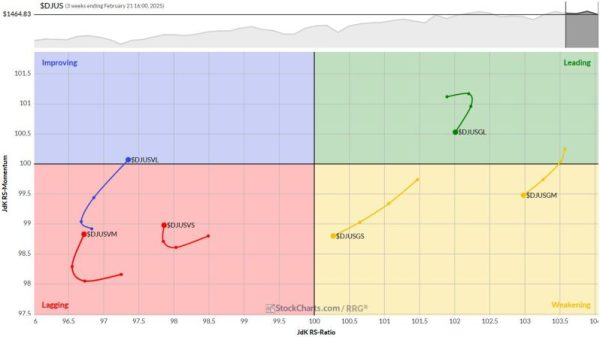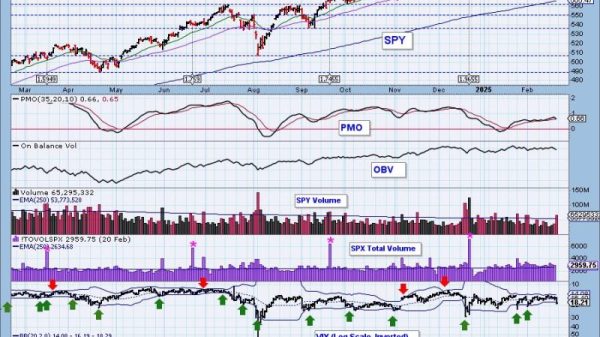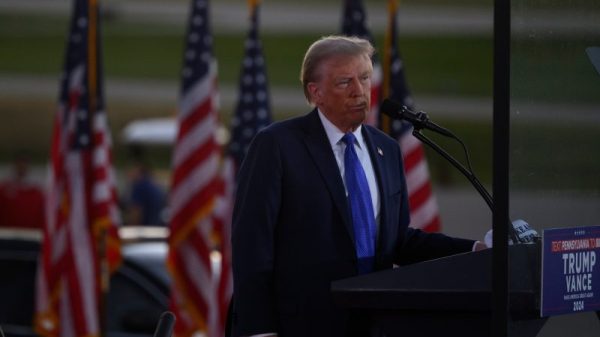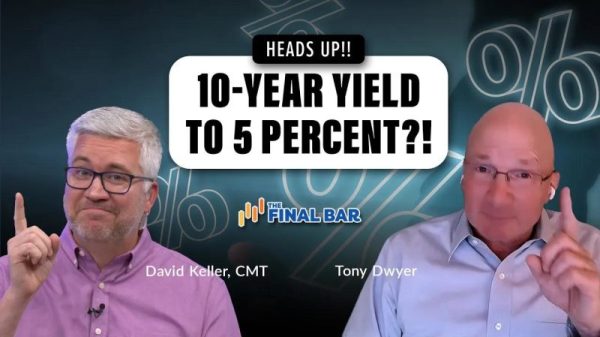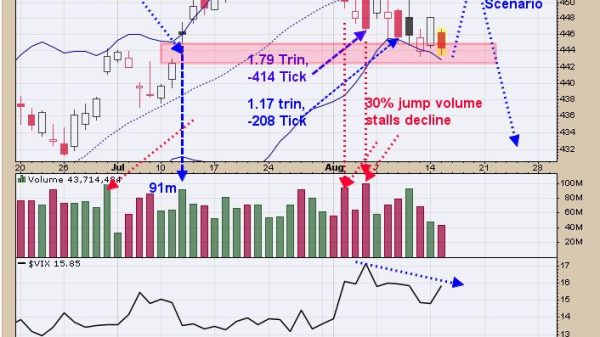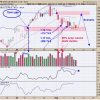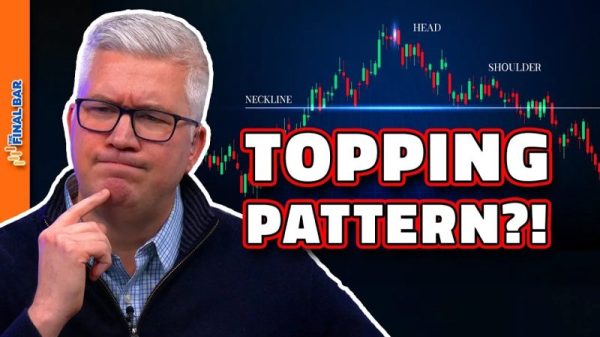Competition in the artificial intelligence (AI) sector escalated dramatically in 2024, with major tech companies investing billions in a race to research and develop advanced AI technologies.
This surge in investment spurred rapid advancements, fierce competition and a wave of innovation that has the potential to reshape the technological landscape moving forward.
Competition heats up among AI heavyweights
As mentioned, major tech companies jumped headfirst into AI in 2024.
For its part, Google (NASDAQ:GOOGL) began the year by rebranding its Bard chatbot as Gemini. The February decision streamlined its AI products under a single brand, showcasing a move toward a more sophisticated and unified AI experience. Its newest interaction, Gemini 2.0, was released on December 11.
Meanwhile, Microsoft (NASDAQ:MSFT) deepened its partnership with OpenAI, investing another US$750 million during an October funding round worth US$6.6 billion. This latest round brought the company behind ChatGPT to a total valuation of US$157 billion. According to SEC filings, Microsoft’s total investment in OpenAI has now reached US$13 billion.
NVIDIA (NASDAQ:NVDA), SoftBank (TSE:9434) and a handful of venture capital firms also participated in the round, but under the stipulation that OpenAI shift control of its dealings to a for-profit arm.
This sparked rumors that a potential initial public offering on the horizon.
Apple (NASDAQ:AAPL), notably missing from the list of investors who participated in OpenAI’s October funding round, has opted for a more independent path, focusing on internal AI development.
At its annual developer conference from June 10 to 14, it unveiled Apple Intelligence for iOS18, saying it was coming to iPhone 16, iPadOS 18 and macOS Sequoia users. However, the company also shared plans to integrate ChatGPT in some products, like its voice-activated assistant Siri, as a supplemental layer on top of Apple Intelligence.
Apple performance, January 1 to December 17, 2024.
Chart via Google Finance.
The company’s share price gained almost 8 percent by the end of the conference.
Apple Intelligence was released for qualifying models on October 28, and the newest software update, including ChatGPT for writing tools and Siri, was released on December 11.
OpenAI itself released GPT-4o on May 13, saying that it was optimized for multimodal tasks like analyzing audio and video. Later in the year, on September 12, the company previewed its first o1 model. OpenAI’s o1 series is designed to spend more time “thinking” before it responds and possesses advanced reasoning skills.
However, shortly after the model was released, The Information reported that o1 showed a slower rate of improvement compared to previous models, exposing potential limitations to continuous advancements in AI capabilities.
Amazon (NASDAQ:AMZN), while less focused on consumer-facing AI products, invested heavily in building out its cloud infrastructure and allocated another US$4 billion to AI research company and OpenAI rival Anthropic on November 22. This brings Amazon’s total investment in Anthropic to US$8 billion. As part of this expanded partnership with Amazon, Anthropic also made Amazon Web Services its primary cloud provider.
Meta (NASDAQ:META) focused on integrating generative AI across its platforms in 2024, leading to enhancements like better ad targeting and content recommendations. The company also released the MTIA v2 chip, an improved version of its AI inference chip that is designed to handle the massive amount of data generated by Meta’s customer base. The newest version of Meta’s open-sourced large language model, Llama 3, was released on April 18.
Elon Musk’s AI company, xAI, upgraded its large language model Grok-2. A beta version of Grok-2 was released on August 13 and was made available to all X users on December 12. Grok-2 was trained on xAI’s supercomputer Colossus, which is powered by 100,000 NVIDIA graphics processing units (GPUs) and came online on September 11. The company held two US$6 billion funding rounds in 2024, and as of November 28 was valued at a staggering US$50 billion.
Hardware is king
Vertical integration gained momentum in 2024 as companies invested in more parts of the chip-making process.
NVIDIA maintained its dominance, attracting attention with outstanding earnings seasons and intermittently earning the title of the world’s most valuable company. The company set the stage for exponential further growth when it introduced its Blackwell architecture at the GPU Technology Conference in March.
However, the company has faced unexpected design hurdles that have delayed the debut of Blackwell GPUs. While no official release date was set, it was widely speculated that they would be available towards the end of 2024. A progress update will reportedly be announced at the Consumer Electronics Show in January.
NVIDIA performance, January 1 to December 17, 2024.
Chart via Google Finance.
Advanced Micro Devices (AMD) (NASDAQ:AMD), NVIDIA’s most direct competitor, reported a 9 percent increase in revenue in Q2, driven by its MI300X AI chip. MI300X combines GPU and central processing unit capabilities into a single chip, giving a leg up over NVIDIA, which designs both chips separately to work together.
Also in 2024, AMD collaborated with a handful of software and hardware companies to develop a new AI accelerator standard that is capable of challenging NVIDIA’s NVLink.
2024 presented chip designers with a challenge as customers like Apple and Google increasingly moved chip design in-house. Made by Taiwan Semiconductor Manufacturing Corporation (TSMC) (NASDAQ:TSM), Apple’s A- and M-series chips feature a neural engine to enable on-device AI and powered a slew of new products released this year.
Google released its Tensor G4 chip, designed in collaboration with Broadcom (NASDAQ:AVGO) and manufactured by TSMC. The G4 chip powers Google’s refreshed lineup of Pixel devices, released on August 13.
The shifting trends resulted in TSMC emerging as an undisputed victor. The company reported outstanding revenue and profits in 2024, fueled by a surge in demand for powerful chips and its advanced manufacturing technologies.
Its share price hit an intraday high of US$211.93 on October 17 following its Q3 results, and it recorded an all-time high closing share price of US$205.19 that same day.
According to a December 9 report by Taipei-based market intelligence provider TrendForce, TSMC increased its share of the wafer foundry market to 65 percent in the third quarter.
TSMC performance, January 1 to December 17, 2024.
Chart via Google Finance.
Another chip company, Broadcom, successfully navigated 2024 by diversifying into software through its acquisition of VMware. Broadcom, which plays a crucial role in the semiconductor industry by designing and manufacturing chips that enable the realization of software objectives, reported record revenue for its 2024 fiscal year,
The rise was driven by strong demand for its semiconductor products and the successful integration of VMware. The company’s AI-related revenue more than tripled, and its quarterly dividend rose by 11 percent.
In contrast, Qualcomm (NASDAQ:QCOM), which remained largely focused on the hardware market this past year, appeared more vulnerable to the industry’s shifting tides.
Even industry giants like Intel (NASDAQ:INTC) faced their share of turbulence. While its foundry business struggled, Intel’s computer parts division did well, with its Core Ultra processors powering a lineup of AI-enabled laptops from Microsoft and Dell (NYSE:DELL). Dell also pushed into hybrid solutions and edge computing with its APEX portfolio.
Broadcom, Qualcomm and Intel performance, January 1 to December 17, 2024.
Chart via Google Finance.
AI hype pays dividends for tech giants
Despite a notable pullback in Q2 and Q3 due in part to investor concerns about the long-term returns of massive AI investments, 2024 was a year of strong financial performances for tech giants, as evidenced by their dividend payouts.
Meta announced cash dividend payments in May and September, while in Microsoft said in September that it would reward shareholders with a 10 percent increase to its quarterly dividend payment.
Alphabet also issued quarterly dividends for the first time in 2024, distributing payments three times.
It’s worth noting that the initial surge in spending and subsequent pullback could have been influenced by a variety of factors, including hype cycles, macroeconomic conditions and evolving understandings of AI’s capabilities and limitations.
Investor takeaway
Ultimately, despite occasional fluctuations and concerns, investor confidence in the tech sector remained strong throughout 2024, with funding continuing to flow. As of mid-December, shares of Microsoft were up over 21 percent year-to-date, while Alphabet was up by over 44 percent and NVIDIA was up an astonishing 166 percent.
In 2024, the AI sector experienced rapid advancements and fierce competition, driven by substantial investments from tech giants. As the technology continues to mature, the stage is set for continued innovation and disruption, promising an exciting future for AI and its applications.
Securities Disclosure: I, Meagen Seatter, hold no direct investment interest in any company mentioned in this article.


